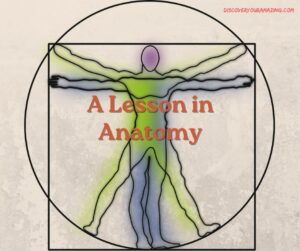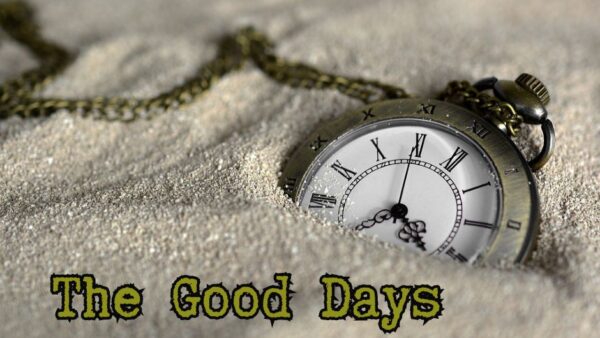This is the third post in a series on the art of healthy conversation.
(See the first installment here, and the second here).
“Anatomy is the branch of biology concerned with the study of the structure of organisms and their parts. Anatomy is a branch of natural science that deals with the structural organization of living things. It is an old science, having its beginnings in prehistoric times” (Wikipedia).
Most of us had some basic study of anatomy during our educational journey. Of course our main interest was in the informal study of the anatomy of the opposite sex, but that is another story for another day (or maybe not).
So, what does anatomy have to do with conversation?
I’m so glad you asked!
Here’s the deal: when we think of conversation, we typically think of the exchange of words. That is, we concentrate on what we are speaking. And then we wait (often impatiently) for the other person to speak so that we can speak again.
You’ve probably heard the old saying, “We have two ears and one mouth so that we can listen twice as much as we speak” (attributed to the Greek philosopher Epictetus – 50 – 138 AD).
Boom! Anatomy!
To be completely candid, I’ve got to say that most of us are lousy listeners.
As I looked at that sentence, I realized that it is a perfect example: “I’ve got to say …”
We operate under the assumption that our words are the most important part of the conversation. They NEED to be said and we NEED to say them.
How might our conversations be more artful and productive if we really were to listen—seeking to hear with understanding—twice as much as we speak?
In his classic leadership book, The Seven Habits of Highly Effective People, Stephen Covey said that one of the habits is “Seek first to understand, and then to be understood.”
It’s not that our words and point of view are less important than the other person; it is that conversation is intended to be a dialogue where both participants walk away with a better understanding.
What if we were to hold our thoughts long enough that we were certain we had a good grasp of the other person’s perspective? What if we were to listen for changes in the tone and pace of the other person’s voice to hear some of the story behind the words? (This is one of the inherent weaknesses of online communication).
Some additional anatomical lessons:
We also have two eyes that can assist us in conversation—to respectfully look at each other and to observe body language.
We have two hands—to touch appropriately and to serve and assist with grace.
We have two feet—to either move closer or to step back and give space. Whatever is most appropriate at the moment.
Words matter.
But communication and conversation requires more than words. Our anatomical design can remind us of that reality.
And here’s a final thought:
Perhaps we only have one mouth because words are so powerful. With them we can wound or heal. How will we use ours?
Until next week, be amazing.
Postscript from the Discover Your Amazing team
Here are a few further items that came to mind during the composition of today’s post.
Imitation is the sincerest form of flattery, or so the saying goes…
Mirroring body language is a non-verbal way to show empathy. It signals that we are connected to that person in some way…
One common situation occurs when a person laughs. Scientists have found that the brain responds to the sound of laughter and prepares the muscles in the face to also laugh. Other examples of mimicking behaviours include crossing your legs after someone you’re sitting next to does so, or yawning after you see someone else yawn [or even read about it!]…
The whole point of mirroring is that it’s a way to better understand others and connect with them. Being able to mirror someone is the same as being able to listen to someone.




